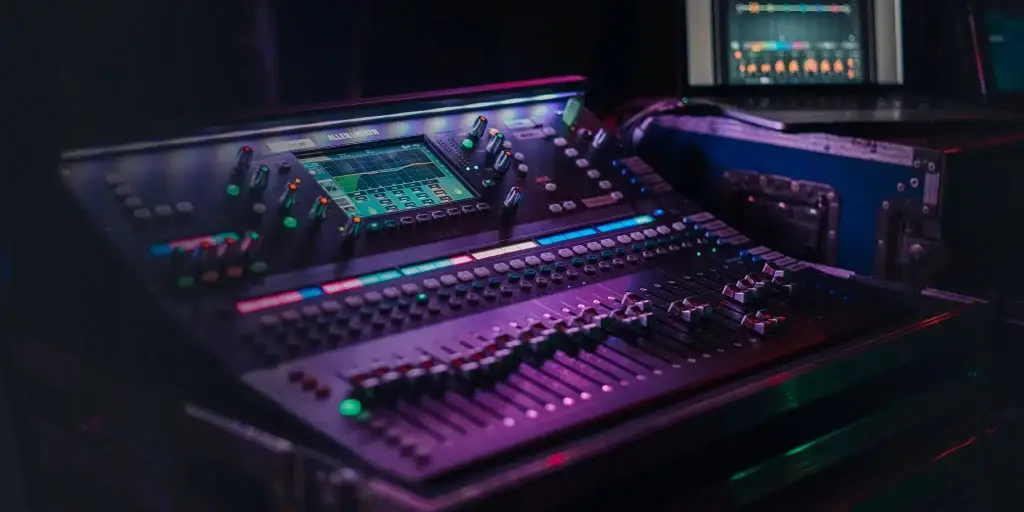Selecting the right Public Address (PA) system is crucial for the success of any event. Whether you’re organizing a small gathering or a large-scale conference, the PA system ensures that your message is heard loud and clear. In this blog, we’ll guide you through the essential factors to consider when choosing the right PA system for your event.
Understanding the Basics of a PA System
A PA system amplifies sound to reach a larger audience. It typically consists of microphones, amplifiers, and loudspeakers. Depending on the complexity and size of your event, you may also need mixers, equalizers, and other audio processing equipment.
Key Factors to Consider
1. Event Size and Venue
The size of your event and the venue are primary considerations:
- Small Events: For gatherings of up to 50 people, a basic PA system with a couple of speakers and microphones should suffice.
- Medium Events: For audiences of 50 to 200 people, you’ll need a more robust system with multiple speakers and possibly a subwoofer for better sound distribution.
- Large Events: For events with over 200 attendees, consider a professional-grade PA system with multiple speakers, subwoofers, and advanced mixing capabilities.
2. Indoor vs. Outdoor
The location of your event significantly impacts the PA system choice:
- Indoor Events: Indoor venues often have better acoustics, so you may not need as powerful a system as you would for an outdoor event.
- Outdoor Events: Outdoor venues require more powerful speakers and amplifiers to ensure sound carries effectively without distortion.
3. Type of Event
Different events have varying audio needs:
- Speeches and Conferences: Clarity is paramount. Choose a system with high-quality microphones and speakers that prioritize vocal frequencies.
- Live Music: You’ll need a system that can handle a broad range of frequencies and power levels. Consider adding subwoofers to handle low-end frequencies.
- Theatrical Performances: Look for a system that can accommodate multiple microphones and offer precise control over each input.
Components of a PA System
1. Microphones
Choose microphones based on your event’s needs:
- Dynamic Microphones: Durable and suitable for live performances and speeches.
- Condenser Microphones: Offer higher sensitivity and are ideal for capturing vocals and acoustic instruments in detail.
2. Speakers
The number and type of speakers depend on your venue size and layout:
- Full-range Speakers: Suitable for most general purposes.
- Subwoofers: Essential for events with significant bass requirements, like live music performances.
- Monitor Speakers: For performers to hear themselves clearly on stage.
3. Mixers and Amplifiers
Mixers allow you to control audio levels and effects:
- Analog Mixers: Simple and reliable for smaller events.
- Digital Mixers: Offer more flexibility and control, suitable for larger or more complex events.
Amplifiers boost the signal from the mixer to the speakers. Ensure your amplifier’s power rating matches the speaker requirements.
4. Cables and Accessories
Don’t overlook the importance of quality cables and accessories like stands, racks, and cases to ensure reliable performance and easy setup.
Hiring vs. Buying
1. Hiring a PA System
- Advantages: Access to high-quality equipment without the upfront cost. Professional setup and support.
- Disadvantages: Ongoing rental costs can add up for frequent events.
2. Buying a PA System
- Advantages: Long-term cost savings and immediate availability for frequent events.
- Disadvantages: Higher initial investment and maintenance responsibilities.
Working with Professionals
If you’re unsure about the technical details, consider working with a professional audio-visual hire company. They can provide expert advice, recommend the right equipment, and ensure proper setup and operation.
Conclusion
Choosing the right PA system for your event is essential to ensure clear and effective communication with your audience. By considering the size of your event, the venue, and the specific audio requirements, you can select a system that meets your needs and enhances the overall experience. Whether you decide to hire or buy, working with professionals can help you navigate the technical complexities and achieve the best results for your event.

